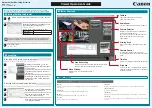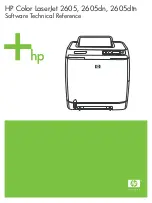
Copyright © Acronis, Inc., 2000-2010
11
1.1.3
Specific options
1.1.3.1
create
harddisk:[disk number]
Specifies the hard disks to include into the image file. The list of available hard disks is provided by
the /list command. An image may contain data of more than one hard disk. In that case, separate
disk numbers by commas, e.g.:
/harddisk:1,3
By specifying
/harddisk:DYN
you will back up all dynamic volumes present in the system.
partition:[partition number]
Specifies the partitions to include into the image file. The list of available partitions is provided by
/list. Partition numbers are specified as <disk number>-<partition number>, e.g.:
/partition:1-1,1-2,3-1
Dynamic volumes are specified with the prefix DYN, e.g.:
/partition:DYN1,DYN2
Both basic partitions and dynamic volumes can be specified by their letters, for example:
/partition:"C"
Mixed notation is also acceptable, for example:
/partition:1-1,"D"
file_partition:[partition letter]
Specifies the partition where the image file will be stored (by letter or number). This option is used
with filename:[file_name]. In that case the file name must be specified without a drive letter or root
folder. For example:
/file_partition:D /filename:”\1.tib”
Dynamic volumes are specified with the prefix DYN, e.g.:
/file_partition:DYN1 /filename:”\1.tib”
raw
Use this option to create an image of a disk (partition) with an unrecognized or unsupported file
system. This will copy all disk/partition contents sector-by-sector. Without this option only the
sectors containing useful system and user data are imaged (for the supported file systems).












































